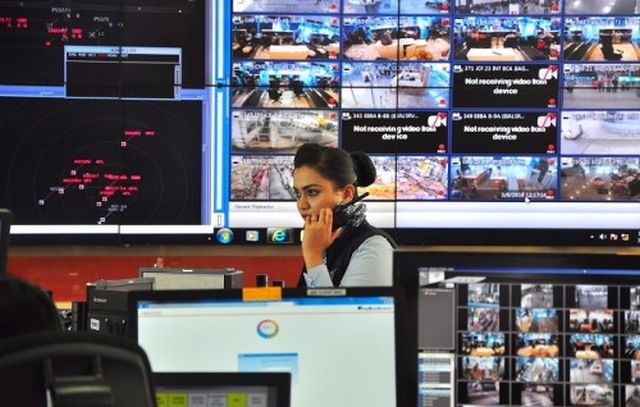By Taponeel Mukherjee,
With its rapidly-growing economy, the fact that India needs significant investments in airport infrastructure cannot be overemphasised. While Public-Private Partnerships (PPPs) and privatisation of airports have been attempted to some extent, the time has come to accelerate the pace on this front.
The broader trend seen in infrastructure, of attracting global capital, applies as much to airports as to any other sector. As they say, “All Roads Lead to Rome” (implying that there are few roads to Rome). There are alternative ways of creating and financing airport infrastructure.
“Asset recycling” — a strategy of monetising existing assets to generate capital — eminently applies to airports. Asset recycling of existing airport assets will allow the government to monetise financially-viable projects to generate capital with which to finance other economically useful — but not financially viable — airports. This is an alternative to a viability gap fund strategy or a strategy of financing new assets using extra charges on air tickets. The asset recycling strategy needs to be looked at in greater detail, especially with a view to developing airports in tier-2 and tier-3 cities.
Airport operators and regulators also need to start thinking in terms of capital structure innovation around airport businesses. In terms of generating financing, the airport business can be listed through an IPO. This is an idea that has been around for a while in India. Globally, airport operators such as Corporacion America Airports are also looking at IPOs.
The cash liquidity that an IPO route provides without having to deal with the contingent liabilities of a debt structure can be useful in pursuing high-growth projects for airport operators. On the other end of the spectrum are financial instruments such as revenue-backed airport bonds. This would be a big step for airports and airport operators in India.
While revenue-backed airport bonds would take some regulatory mechanism changes, the impact can be crucial to speed up the creation of airport infrastructure. The ability of airport operators to optimise their capital structure using a variety of well-defined financial instruments and vehicles will be very important to bring down the cost of capital and facilitate its flow into the airport sector.
A more delineated capital structure will mean that airport assets will open up not just to large airport operators but also to relatively smaller financial institutions interested in a “pie of Indian airports”. Having a wider capital base means more competition for assets and a more efficient credit system.
A few critical questions worth asking are: Why does airport infrastructure matter in India? Are there positive multiplier effects of creating more such infrastructure? Given limited resources and various requirements, why is airport infrastructure a compelling investment opportunity?
A study, titled “Economic Impact of European Airports” by InterVISTAS, found that the relationship between aviation connectivity and GDP per capita for 40 countries was a positive one but with a significant scattering around the average. The key takeaway from the study is the positive impact on GDP growth that airport infrastructure has — and the careful planning needed to deliver this positive impact.
It is important that the creation of airport infrastructure by both private players and regulators looks at each airport asset individually within the larger hub-and-spoke network. It is as important not to create excess capacity as it is to build meaningful infrastructure. Without doubt, business productivity, local economies and inbound tourism all stand to develop from well-built airport infrastructure.
Interestingly, according to a study by the Centre for Asia Pacific Aviation (CAPA) in 2014, domestic airline seats per capita in India was 0.08, while the number for the Philippines was 0.29. According to the World Bank, the nominal GDP per capita in 2016 for India was approximately $1,709 versus $2,951 for the Philippines.
Despite this, according to CAPA, India was the third-largest domestic aviation market in the world in 2016 — and one of the fastest-growing. The data tells us that despite the aggregate size of the market, penetration rates are low here. This implies that the economic and financial value creation capacity of airports in India is immense. Airport infrastructure creation, if done well, is an opportunity for everyone involved.
(Taponeel Mukherjee heads Development Tracks, an infrastructure advisory firm. Views expressed are personal. He can be contacted at taponeel.mukherjee@development-tracks.com or @Taponeel on Twitter)
—IANS


